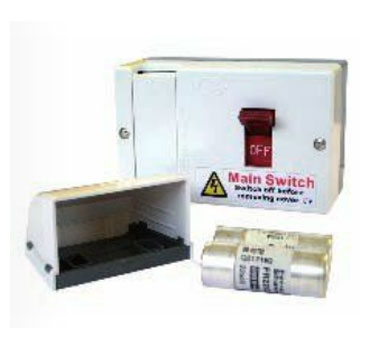I obviously cannot speak for 'all' cases, but in some cases they certainly do.But do they state fuse (opd) requirement in all cases?
We've been over this ground many times before. Some manufacturers appear to specify OPD ratings as a means of protecting the innards of their machines (becasue they can't be bothered to install internal protection), even if that sometimes means that one has to use a lower-rated OPD than would be needed to adequately protect the cable. Unfortuately, BS761 plays into their hands, by giving theoretical 'teeth' to their MIs.Don't ovens/hobs which are supplied without a flex merely state the required supply? The opd will then depend on the cable. Ovens/hobs supplied with a flex will state the fuse size which will apply to both the supply needed and flex rating.
Kind Regards, John


